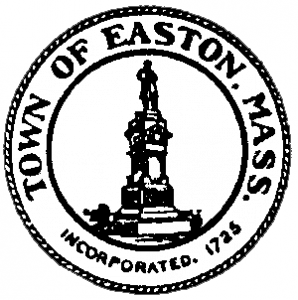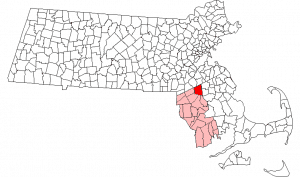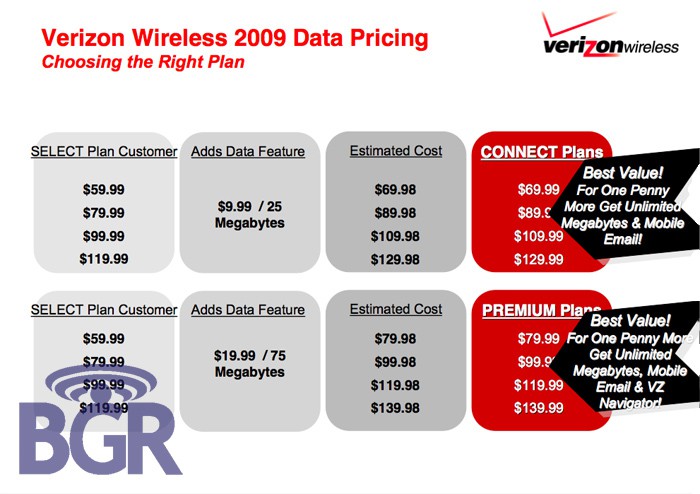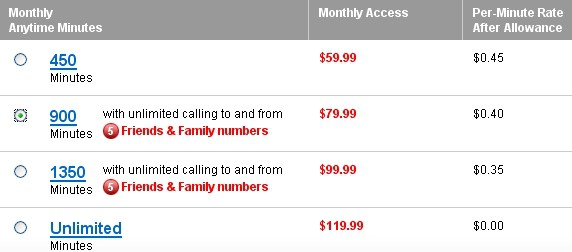 AT&T unveiled its U-verse service Monday in Louisville, in a ribbon-cutting ceremony with claims that residents “finally have a choice” for cable service in the area.
AT&T unveiled its U-verse service Monday in Louisville, in a ribbon-cutting ceremony with claims that residents “finally have a choice” for cable service in the area.
AT&T will compete head-on with incumbent cable operator Insight Communications, which has been the only cable provider in Jefferson County for at least a decade.
AT&T promises customers packages starting at $49 a month, as well as digital video recorder set top boxes that can record up to four shows at the same time, and display the recorded programming on any AT&T-wired television in the house. AT&T also promises residents significant savings when they choose AT&T for video, telephone, and broadband service, and will even include a “quad-play” bundle including AT&T Wireless mobile phone service, resulting in one bill for all AT&T services.
AT&T’s U-verse system is an advanced form of DSL, using a hybrid network of fiber optic cables wired into neighborhoods that interface with ordinary copper telephone wiring that already exists in most Louisville homes. The technology reduces the costs of wiring every home with fiber optics, but can still offer advanced services “beyond what cable can offer,” according to AT&T.
Consumers across Louisville welcomed the competition.
Tabitha Rhodes told the Louisville Courier-Journal the lack of competition was bothersome. “It is like there is only one shoe store in town,” she said. “I want 20 shoe stores.”
Rhodes’ husband, Tate, said he hopes AT&T’s competition will force Insight to become a more reliable cable company. Rhodes said their cable service has experienced dropped channels, poor quality pictures, and even pesky neighborhood squirrels that gnawed through the cable line serving his street.
The U-verse service also ties in with an Apple iPhone application, which when run on AT&T’s wireless network allows customers to program their television recording remotely.
Insight customer Rhonda Petr, 44, said she now pays $15 per month for digital video recorder service for each of two television sets in her home, in addition to a bundled monthly subscription for premium cable, phone and Internet service.
Petr said she liked the idea of DVR service without “nickel and dime” charges for each TV set.
Insight Communications dismissed AT&T’s U-verse as little more than smoke and mirrors, according to company spokesman Jason Keller.
“Insight has been Louisville’s technology leader for more than a decade,” company spokesman Jason Keller said Friday.
“One more competitor… won’t change that,” Keller said.
Insight’s system in Louisville is the largest in the company’s nationwide portfolio. Company officials point to investments Insight has made in the Louisville area to introduce additional services, including “a broadband service that is faster than what AT&T is offering.”
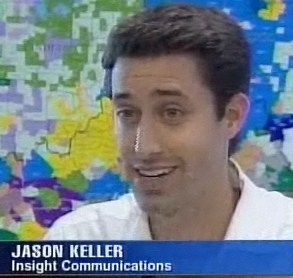 Insight offers 20Mbps service for $17 less than what AT&T charges for 18Mbps, according to one reader.
Insight offers 20Mbps service for $17 less than what AT&T charges for 18Mbps, according to one reader.
Insight claims that AT&T is relying on the same old wiring that has been around “since the days of Alexander Graham Bell” to deliver service, and Insight has a “technological advantage in broadband width.”
The question on everyone’s mind is, how much will consumers save?
As the Courier-Journal notes, both are primarily competing on services, not on price:
Both Insight and AT&T offer bundled packages combining telephone, television and Internet starting at about $100 per month.The two compete chiefly on features. For instance, Insight offers faster Internet access, while AT&T is promoting U-Verse’s features that link television, home phone service, wireless phone service, and Internet together.
Rob Enderle, a technology consultant and president of the Enderle Group based in San Jose, Calif., told the newspaper the big savings are found in new customer promotional offers, which he calls “low teaser rates.” In many Verizon FiOS TV areas that compete with cable, promotional new customer offers also often include long-term contracts lasting 12-24 months.
Incumbent cable companies often launch pre-emptive marketing blitzes to sell their customers on “price protection agreements” just before a competitor comes to town.
“They will try to lock up as many customers as they can,” Enderle told the newspaper.
In Louisville, Insight may have managed to accomplish that with their one-year “price protection agreement” they have managed to sell many of their customers. The marketing for such agreements promises no price increases for the term of the contract, something that might sound attractive to price-sensitive cable subscribers facing relentless annual rate hikes.
AT&T has no such contract requirements in Louisville, although the company has used them in other markets to lock in customers taking advantage of promotional offers.
Once those promotional offers expire, the two companies will end up charging roughly the same prices for the various packages they offer. Customers can choose which provider gives them the channels and services they want, as well as which offers better quality service. The elusive savings, once the promotions expire, are still hard to find.
One Louisville reader called both companies to compare:
Just did a comparison on the different packages AT&T would offer: slower Internet, any additional DVR boxes would be $15/mo (same as Insight), HD channels would be $10/mo (free with Insight), and they would offer no more channels than Insight and both offer garbage as far as programs go. Yeah, I think Insight needs some competition in order to provide its customers with better pricing and better quality, but slower Internet and having to pay to access HD channels is BS. AT&T better come up with something better.
Multiple video news reports about AT&T’s U-verse launch in Louisville can be found below the jump. Many also include product introductions and short demos.


 Subscribe
Subscribe